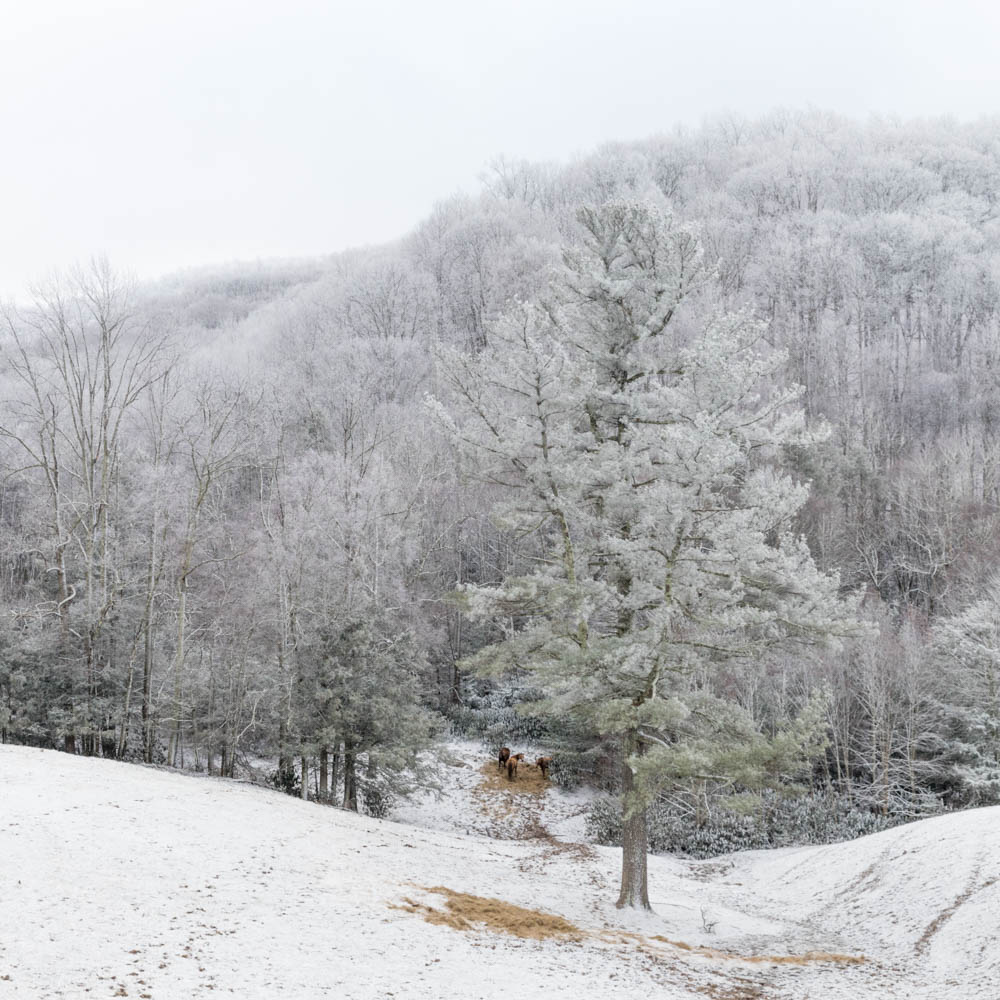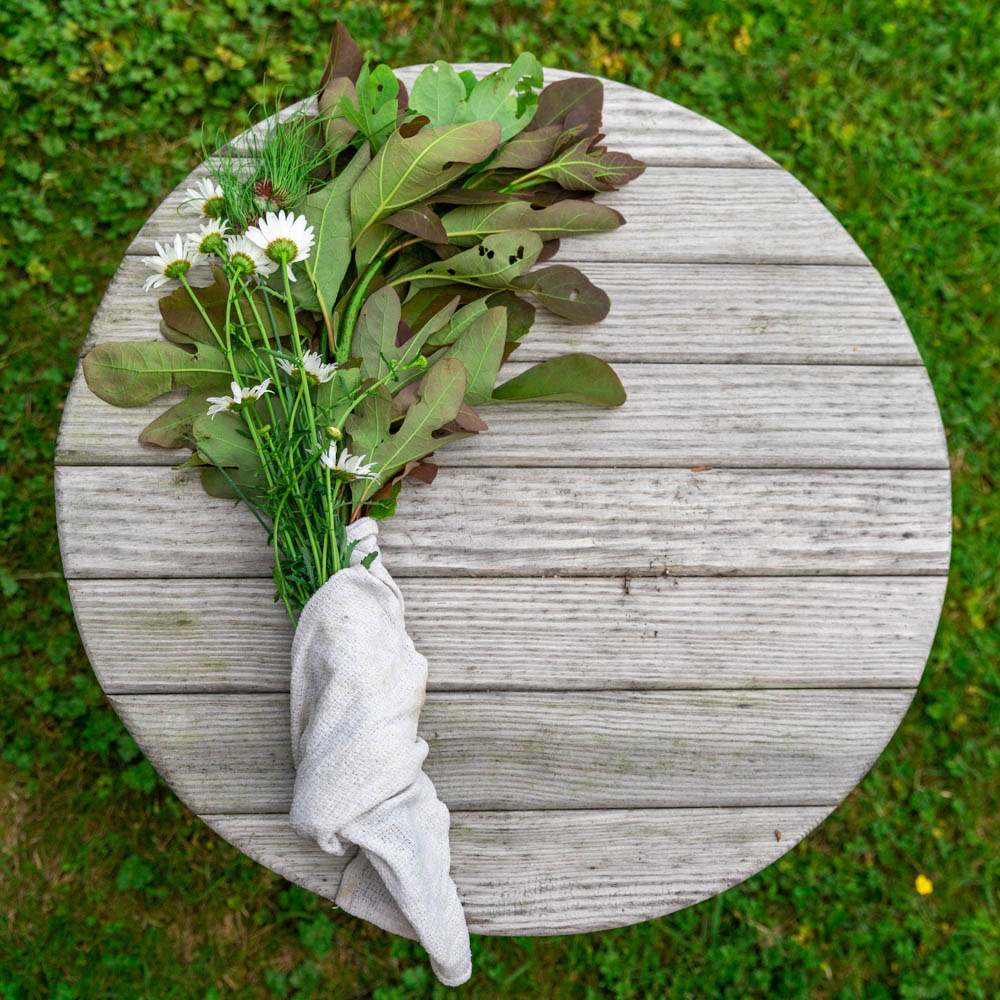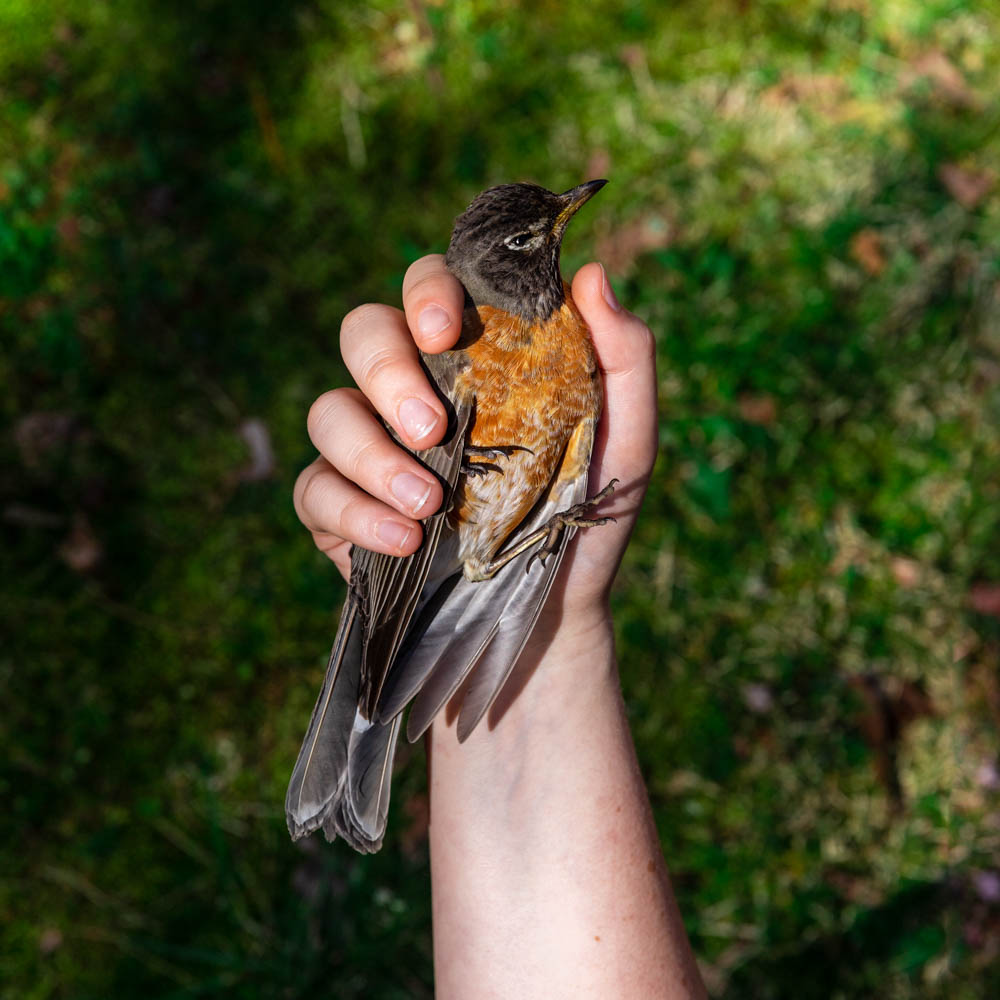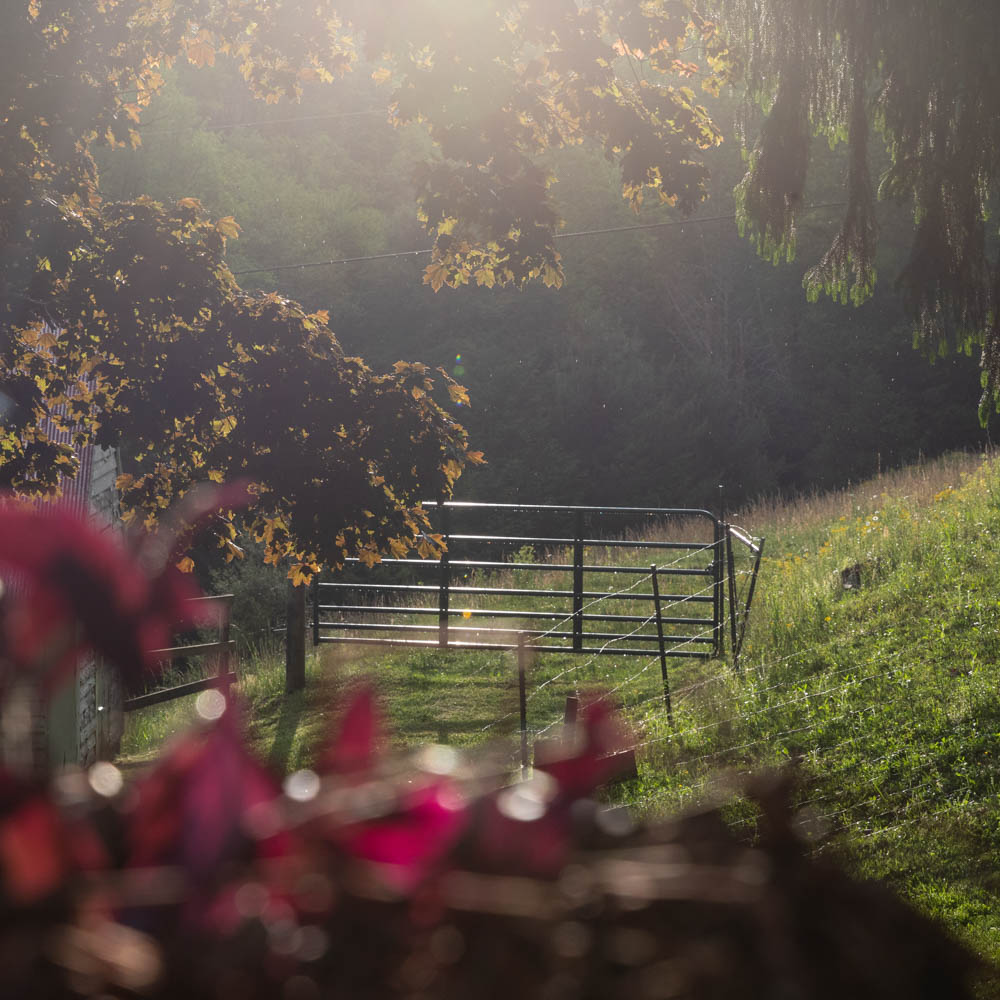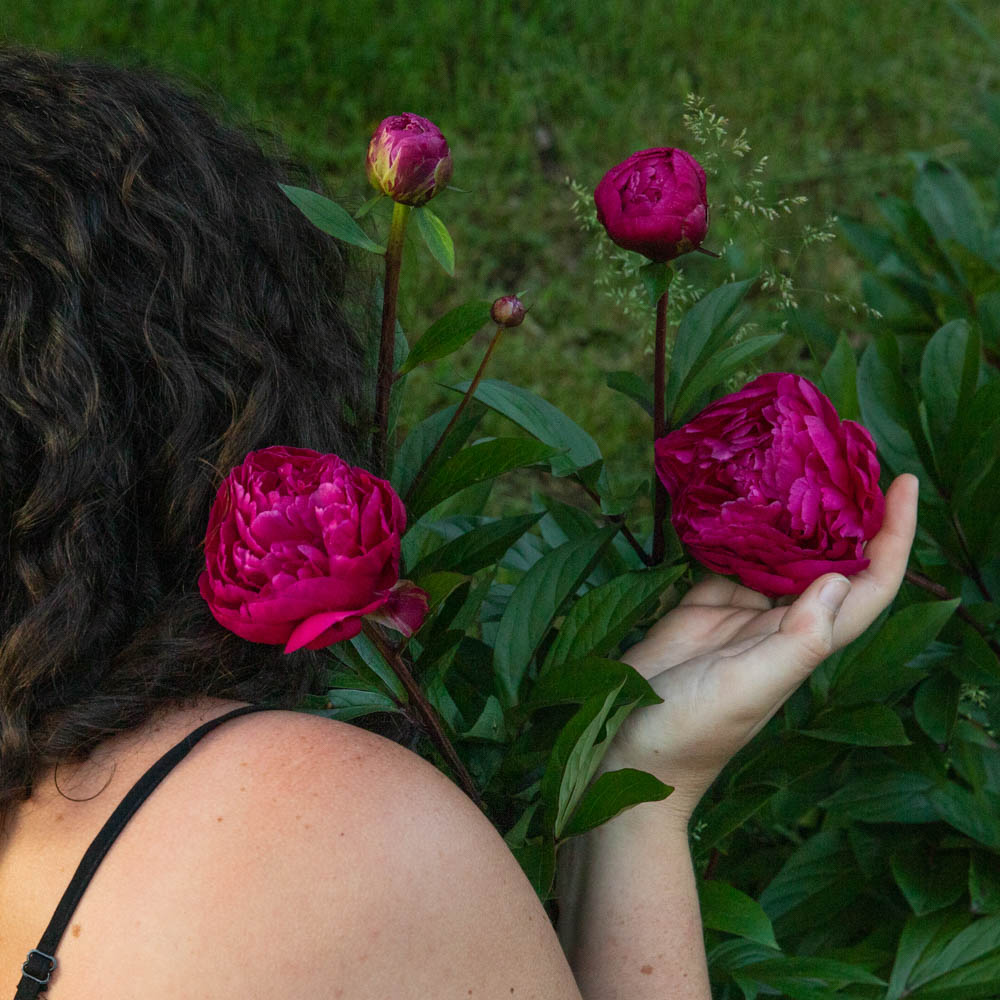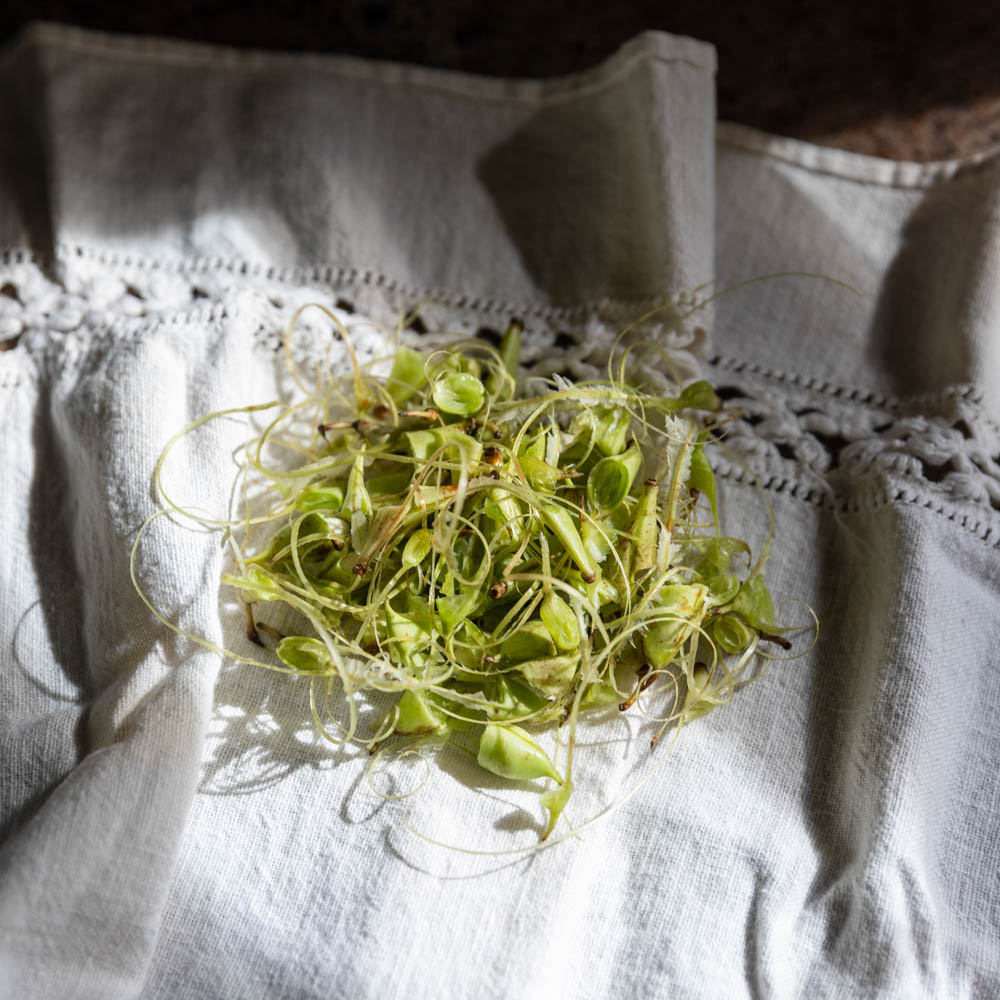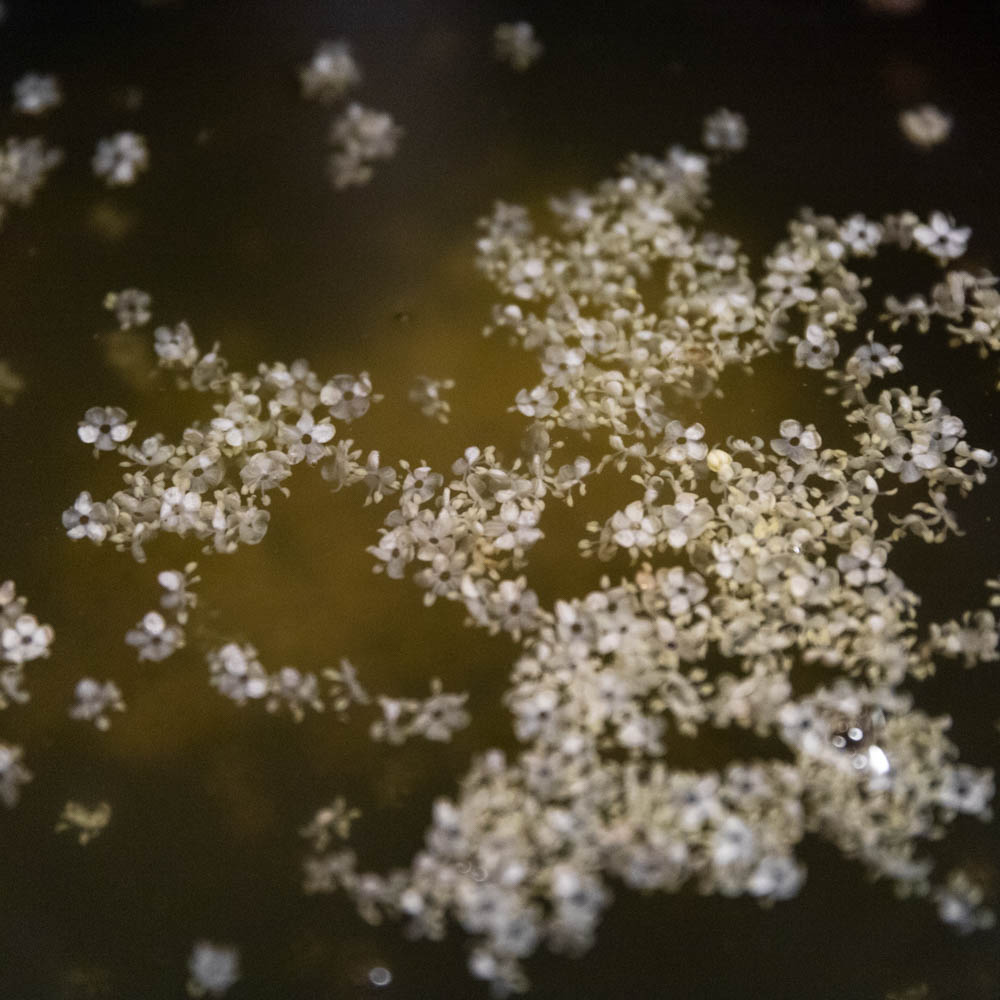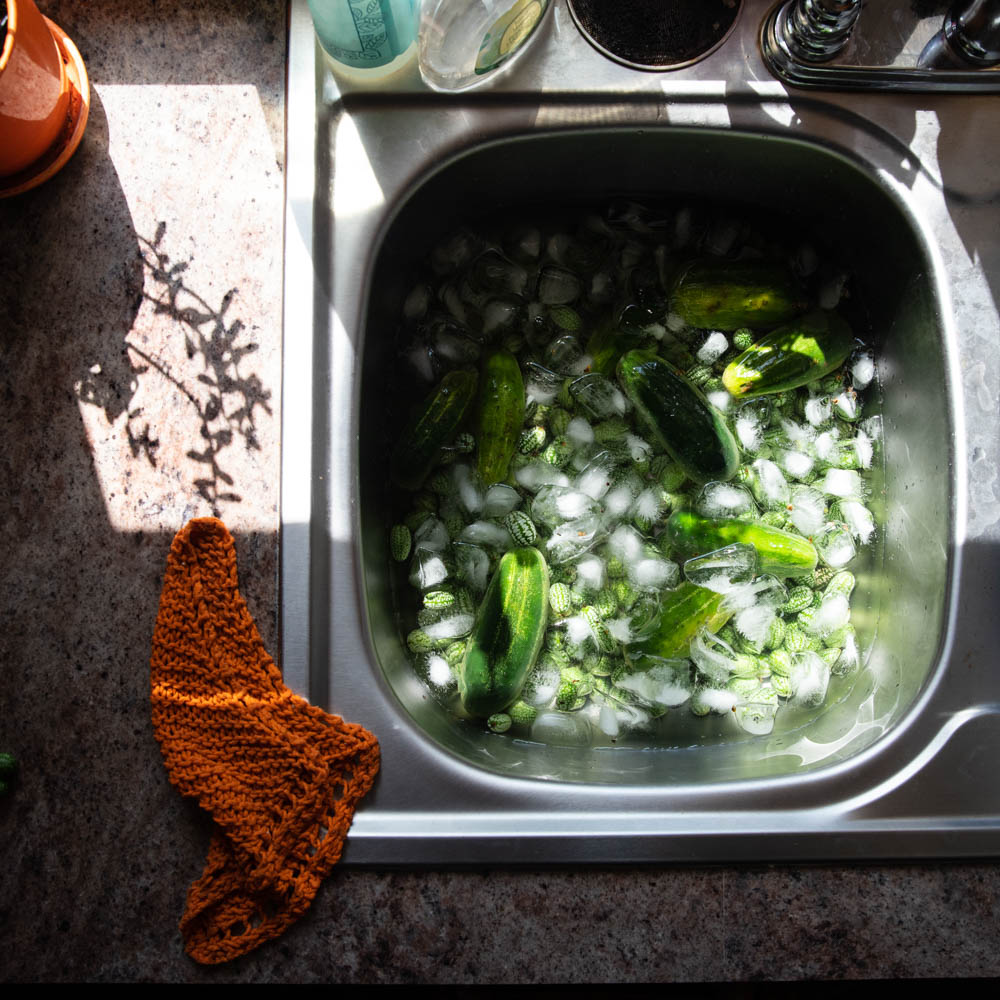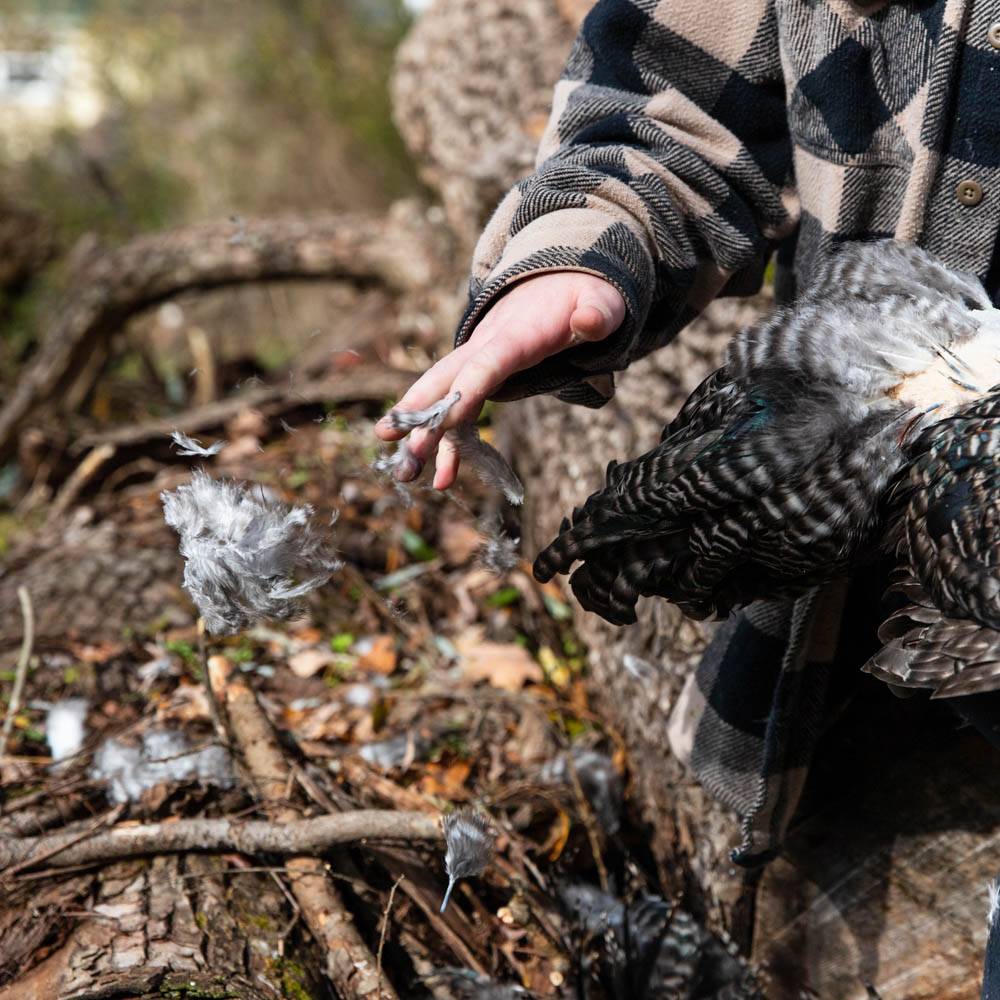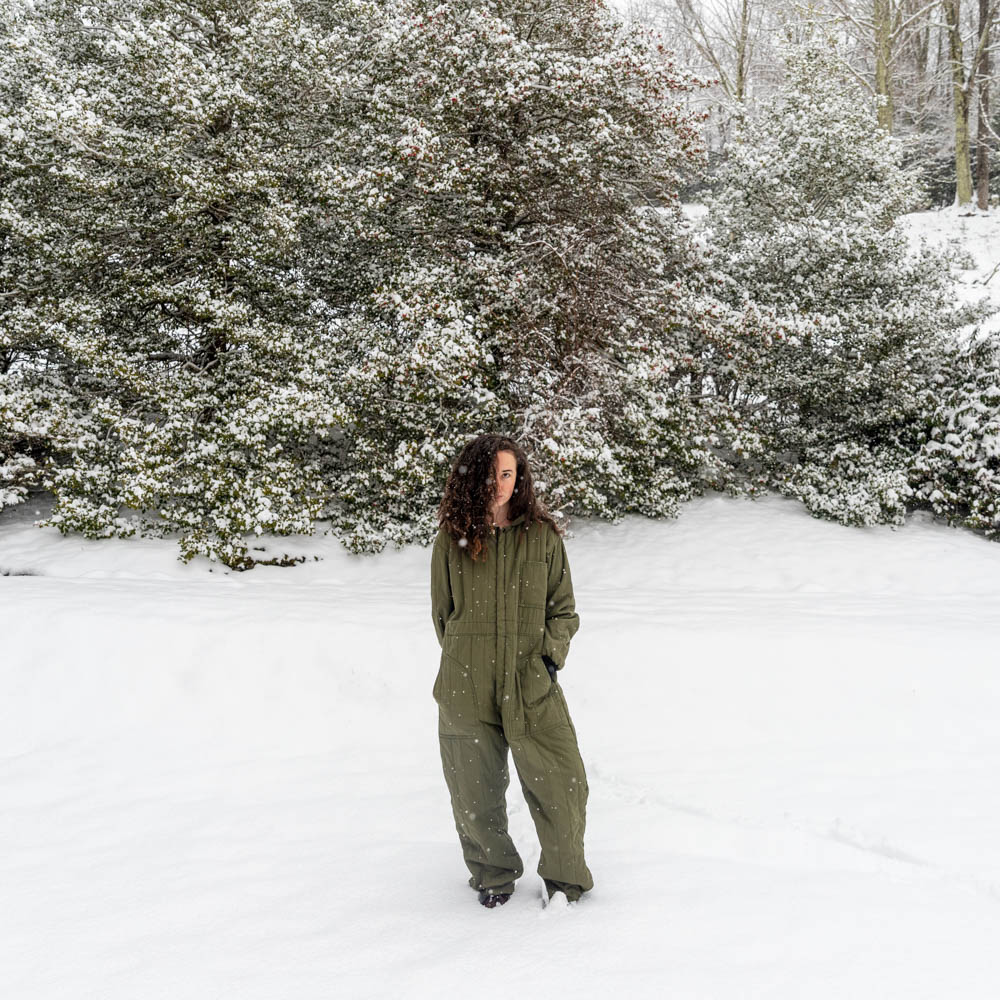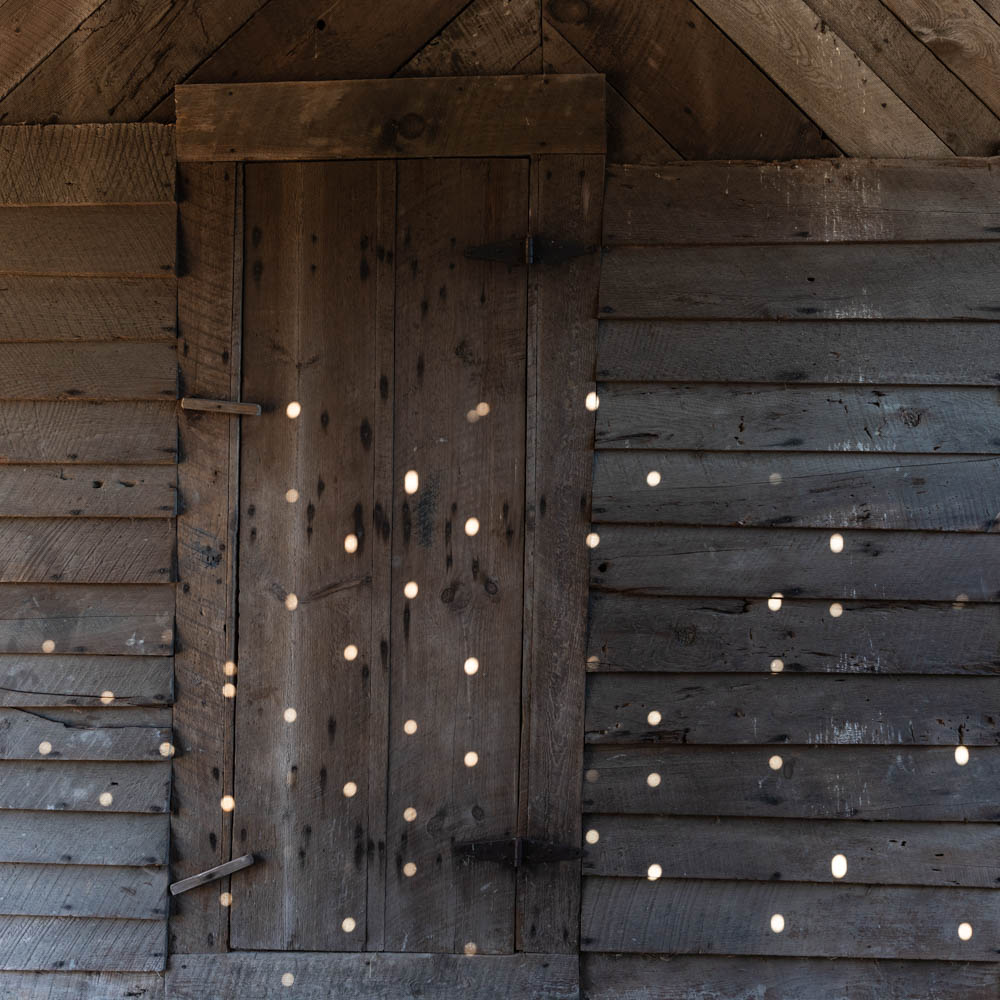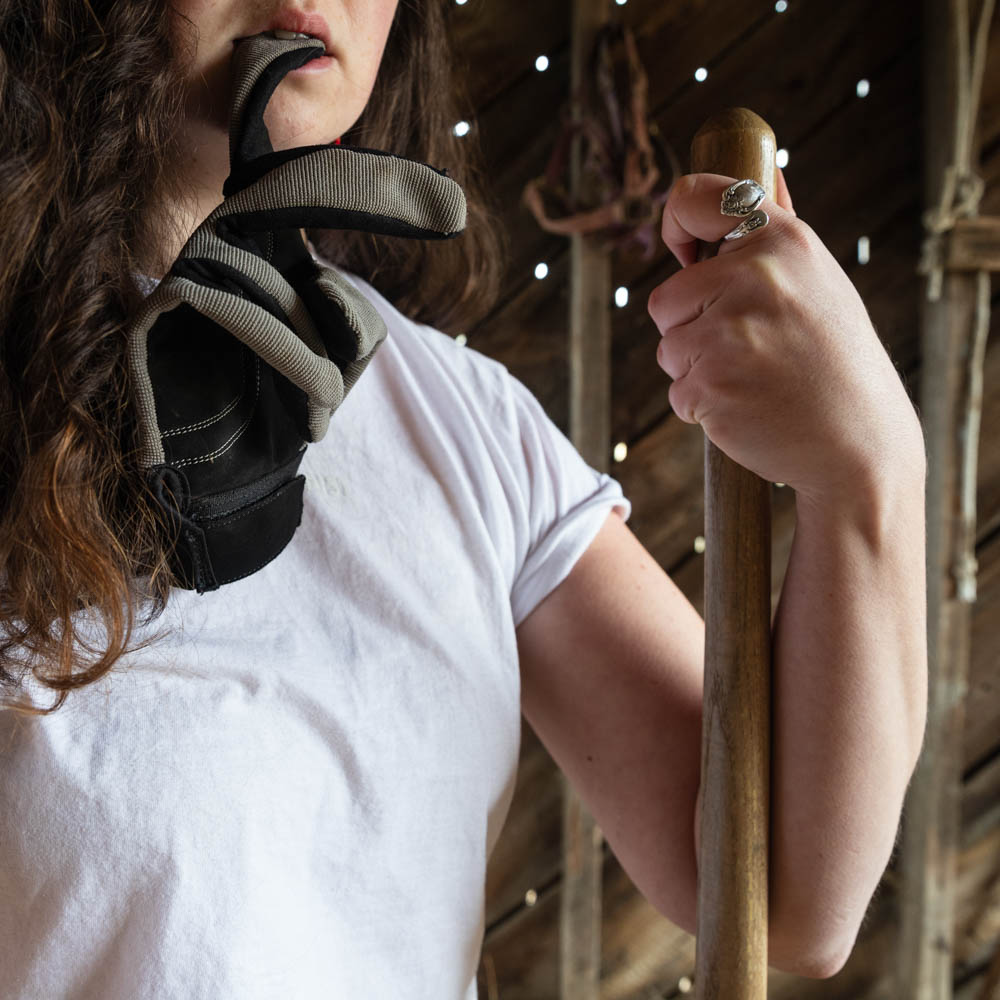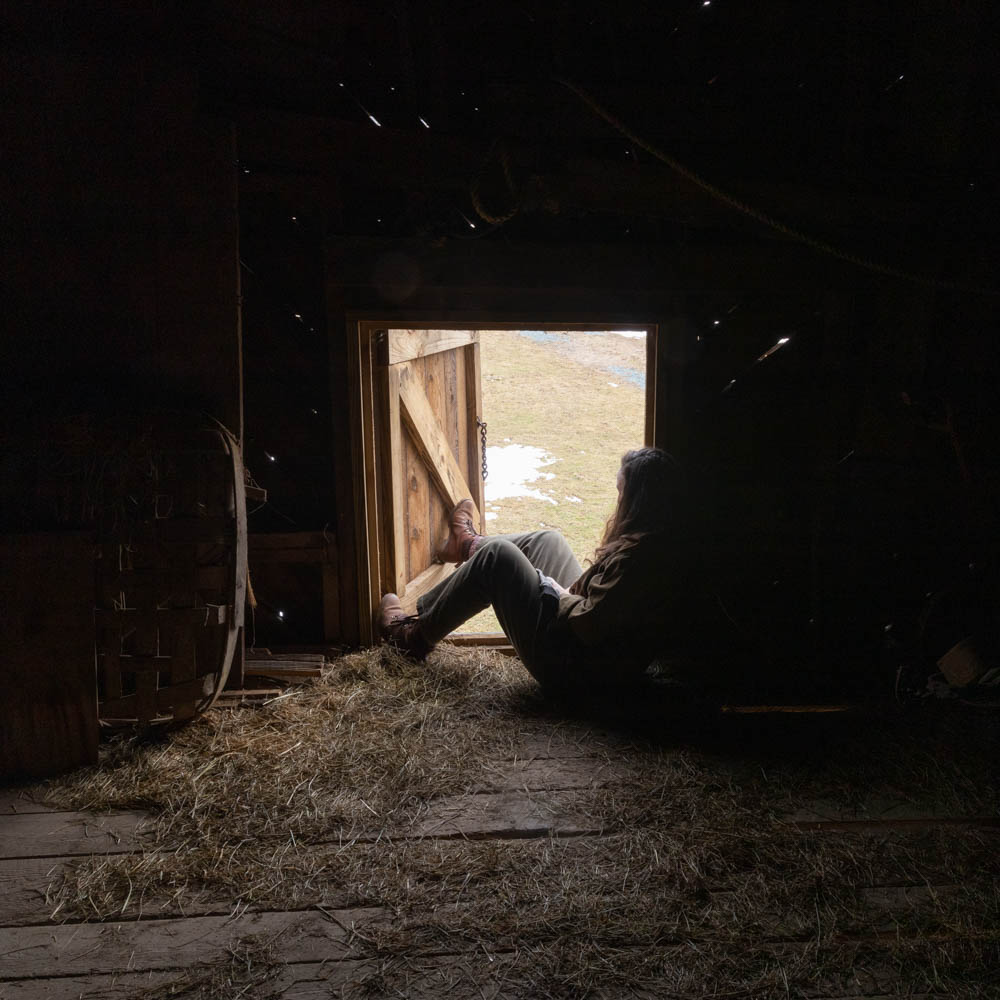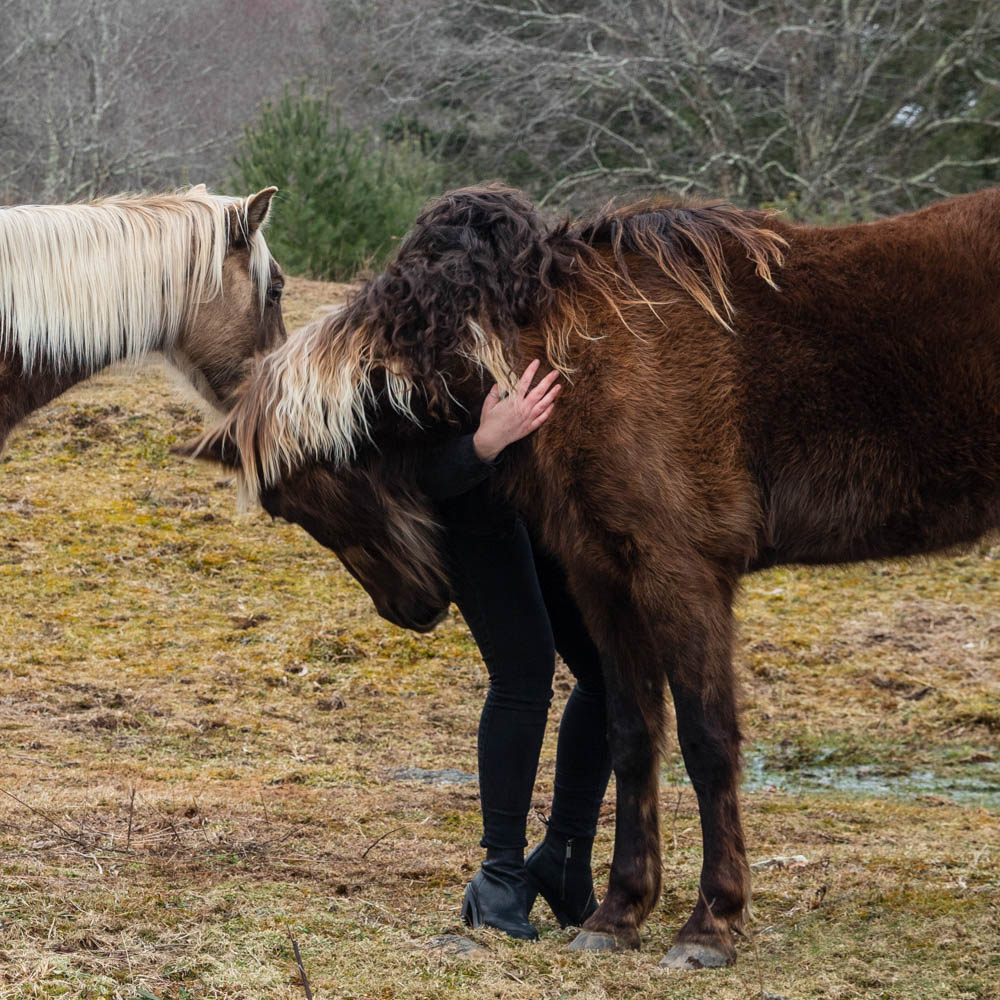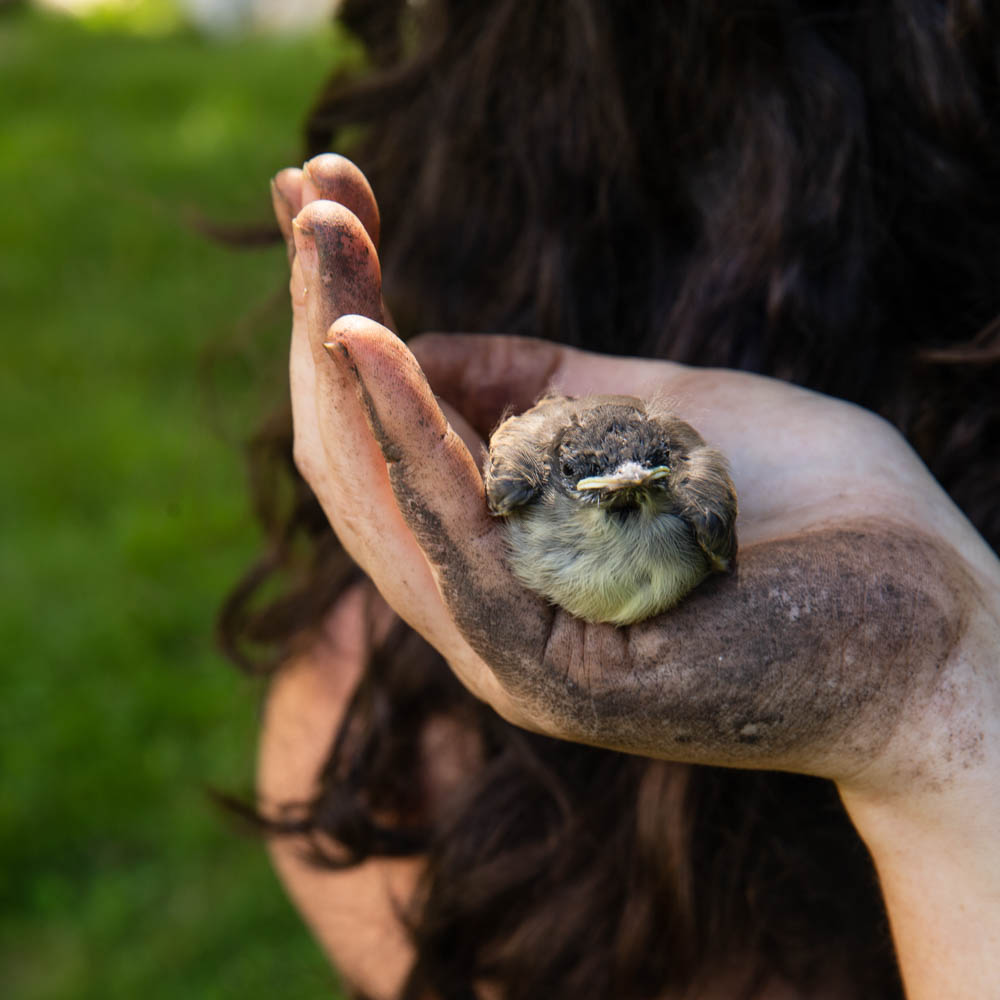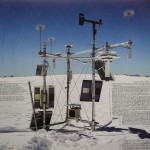Shauna Caldwell: Belonging
For the next few days, we are looking at the work of artists who submitted projects during our most recent call-for-entries. Today, shauna caldwell and I discuss Belonging.
shauna caldwell (she/her) is a White, Appalachian artist, educator, curator, and scholar rooted in her hometown of Boone, North Carolina. She uses multimedia and photographic processes to honor land, familial connections, sacred relationships, and transformation. Through her work, she explores collaborative opportunities for the expansion of Appalachian placemaking through the arts and loving community. caldwell received BFAs in both Studio Art and Art Education, an MA in Appalachian Studies, and an advanced graduate certificate in Non-profit Administration at Appalachian State University. She has exhibited her work locally, nationally, and internationally and was recently awarded a Julia Margaret Cameron Award for Women Photographers as part of The Worldwide Photography Gala Awards.
Belonging
I am looking deeply into the heart of the land, people, and more-than-human beings that raised me as part of my journey back home. After being told by so many others what it means to be “Appalachian,” I feel the pull to intentionally document my own experiences and see what this facet of my identity is truly made of. As part of this reflection and exploration of myself and this place I have chosen to live and die with, I am guided by the questions: “What does it mean to be an Appalachian woman?”, “Who gets to decide what Appalachian is?”, and “What does it mean to belong to a place?”
Daniel George: What led you to pursue this documentation of your identity as it relates to the Appalachian region?
shauna caldwell: I don’t know that I necessarily set out to create this work with that specific intention in the beginning. I was actually making these images in smaller series for a couple of years before I even began to think of them as a larger body of work. I’ve always had an active mind that craves growth and new knowledge, so I utilize whatever tools I have to make art that discerns meaning from my experiences and leads me to new understandings about myself and the world around me. You’ll notice how the work moves in and out of seasons and how that cyclical sense of time and rhythm embodies a long-term reflection of self. As I learned more about the history of the region, particularly in regards to radical social activism and commitment to ecological stewardship and advocacy, I found myself paying attention to the presence of those practices in my own family and communities. In my experience, as someone from rural Appalachia, the narrative was always that I would have to move away to go to school or to find a good job. Instead, I made the active decision to stay and to live with the land and communities that raised me– and that I know enough about to make a meaningful difference within. This work emerged from that period of time as I was re-learning who I was, what pieces of this “Appalachian” identity I wanted to claim, and how I fit into this beautifully interdependent mountain community. While this series is deeply autobiographical, my hope is that it speaks to others and offers points of entry for reflective practices that bring them closer to themselves and their own communities.
DG: A lot of your photographs incorporate elements from the natural environment—highlighting the theme of connectedness to place. What has contributed to your sense of belonging there?
sc: While I whole-heartedly acknowledge my privilege in this, there’s something really special about knowing the story of the land you live with. Even the simple notion of living with the land– rather than a mindset that centers extraction and land use, which creates an active disregard for the intricate life forces we walk upon each day– is something that was instilled within me from a very young age. There’s a core value of care inherent in being with the land for me. An attentiveness and mindfulness that considers how everything you do impacts the plants, animals, soils, and waters around you, and an equal appreciation for how they impact you in return, both physically and spiritually. There’s immense poetry in land-based, visceral rituals that contribute to that connectedness and to the story of a place. To be able to smell and taste the lilacs from the bush my great-grandma planted in her front yard, every year since she’s passed; to see daffodils in the field, blooming from the bulbs my great-great grandmother placed into the soil, bringing me closer to her ongoing presence and contributions, even though our earth-side paths never crossed; to plant my own potatoes next to the volunteers that have been growing where my great-great uncle kept his garden; to know the topography of the land between my house and my grandparents’, not because I have mapped it, but because I have walked it, studied it, and lived with it my entire life; to hear my grandpa say, “This land holds me like a mother’s arms,” in the back of my mind every time I feel sad or scared or lonely; to simmer cedar I harvested from the trees who witnessed me falling in love, filling my home with the scent of that sweetness; to know the exact plot where I will be buried on top of the mountain, where I can look out at those daffodils and the sunlight flickering on the barn my great-great grandpa built.. These ways of knowing, contributing to, and carrying forward the story of this place deeply affirm my sense of belonging.
DG: I’d like to hear about your education in Appalachian Studies and Non-Profit Administration. In what ways has this informed your photographic work?
sc: During my undergraduate studies, I realized the weight of “place” in the work I was creating at that time– though I wasn’t fully aware that “Appalachian” was a cultural identity I could claim. I had toyed around with pretty straight-forward images documenting what I thought was “Appalachian”, but they heavily referenced the visual history of the region created by folks– mainly White men– who weren’t from the communities they were photographing and didn’t represent the breadth of my experiences. In addition to wanting to find a smart way to tell all of my professors, who wanted me to leave, that it was actually pretty radical to stay– I wanted to use my photographic practice to combat the misrepresentation I was seeing in the media and in the visual history I was learning from. So, I started an interdisciplinary Master’s of Arts program in Appalachian Studies, working with my mentors in Fine Arts and in Gender, Women’s, and Sexuality studies. I began facilitating community workshops where women and non-binary folks could come together to share their experiences of being “Appalachian” and collaboratively decide how they wanted to be represented in visual archives. Because I view my creative practice as threaded through everything I do, the facilitation of self-reflective spaces certainly influences my image-making. As an artist and educator, it’s important for me to be as vulnerable as I’m asking others to be in the spaces I’m facilitating, and in the art I’m making.
Halfway through my graduate program, I started a full-time job working in the arts at Appalachian State University. Being a big-picture thinker (pun-intended), I wanted to know more about how the organization I was a part of functioned, both practically and systemically. The Non-Profit Administration program gave me the space to look closely at the history of non-profit organizations and the theoretical groundings and philosophies of the women leaders surrounding me. I began to hypothesize what it would take to posit small Appalchian arts centers as sites for radical change. What would it look like for a non-profit arts organization to re-connect with Appalachian histories of radical anti-racist practices and loving communities, as defined by the region’s beloved bell hooks? For me, a comprehensive understanding of the structures, systems, and communities I am a part of– photography, arts non-profits, etc.– creates the foundation from which I attempt to advocate for and contribute to an equitable future, envisioned by artists.
DG: After spending some time looking at your photographs, I get a sense of their journalistic quality—of seemingly minute details that contribute to a greater understanding of the whole. Could you talk more about these “reflections” of yours? What have you discovered while creating this work?
sc: Thank you for sharing this observation with me! There are certainly small moments that hold significant weight in the series and in the way I connect with place-based identity. There’s also a deep sense of commitment to self that I have embraced as part of this work. Many of the self-portraits in this series actually came last. When I first made an attempt to edit down all of the images I had made over the years, I was reminded of all of the growth and self-reflection I had done, but I didn’t see myself embedded in the imagery. I saw my own process of becoming through all of the photographs, and my story began to emerge. Perhaps I would describe the work as a peek into an intimate visual journal of sorts, where I am engaging with various facets of myself. One of the reflections that shows up heavily in the work is this tension between my existence as a farm girl who reciprocally loves the land and critters around her and that of my position as an arts educator and scholar who drives to town every day to work for the University. Another beautiful reflection that made its way into the work is that of foodways being such an important facet of care, ancestral connection, and loving community. There are so many rituals in being with a place – like gathering the same wild plants for tea and food that my grandparents did, or attending to the animacy of the world around me (think the plurality of molasses)– that I might not have fully realized how they contribute to my sense of identity had I not followed the inquiry of this work. Overall, the basis of reflection is rooted in defining and connecting my broad and multifaceted understanding of community to the reality of belonging and to the stories I cling to that create a grounded sense of self and continual becoming.
DG: In this series, you are obviously pushing against stereotypical notions that outsiders might associate with Appalachia. We don’t need to talk about what is generally misunderstood, but what would you say these photographs get right? I’m particularly interested in the question you pose: “Who gets to decide what Appalachian is?” What additional insights are you contributing through these photographs?
sc: I want to be very clear that these images do not represent “Appalachia” as a whole or even the majority of “Appalachians”. Appalachia is diverse in every facet of the word, and what is shown through these images is just the experience of one person. While I know the work will find resonance with others, it is not indicative of every “Appalachian woman”. I don’t think the media is poised to define Appalachia for a broad audience, nor are industries or enterprises able to define Appalachia based on economic impact and production/extraction. It is individuals and close-knit communities who define the meaning of an “Appalachian” identity for themselves, and those definitions are as wide-ranging and diverse as the folks who occupy the region.
That said, my experience of Appalachia is held in tender, but tough, communities of care where there’s room for expansiveness and multi-faceted existences– as is particularly evident in my self-portraiture and images of foodways. There’s an inseparable connection to the environment that goes beyond what my grandpa calls “book-learning”. It’s embodied. It’s known because we’re outside living and being with the land and have seen how it is affected through the seasons and through generations. The folkways and stories we learn– as we pitch hay from the barn loft in the winter, as we make pickles and can tomatoes in the summer, and as we fill our pockets and jaw with teaberry while we walk through the woods– remind us of the importance of interdependence, of love, and of an attentiveness to the beauty, poetry, and metaphor in the world we belong to. I once had a friend from the city come to visit my grandparents with me. As we stepped out of the car, she said, “No wonder you’re an artist,” as she looked over the pasture and out at the fog settling into the valleys in the distance. There’s something about the gentleness in these mountains, the softness of the air, that holds a generative space for those held within their embrace to be present with the full, lush experience of simply being.
Posts on Lenscratch may not be reproduced without the permission of the Lenscratch staff and the photographer.
Recommended
-
Earth Week: Ian van Coller: Naturalists of the Long NowApril 22nd, 2024
-
Earth Month Photographers on Photographers: Tyler Green in Conversation with Megan JacobsApril 15th, 2024
-
Shari Yantra Marcacci: All My Heart is in EclipseApril 14th, 2024
-
Artists of Türkiye: Cansu YildiranMarch 29th, 2024
-
Broad Strokes III: Joan Haseltine: The Girl Who Escaped and Other StoriesMarch 9th, 2024

